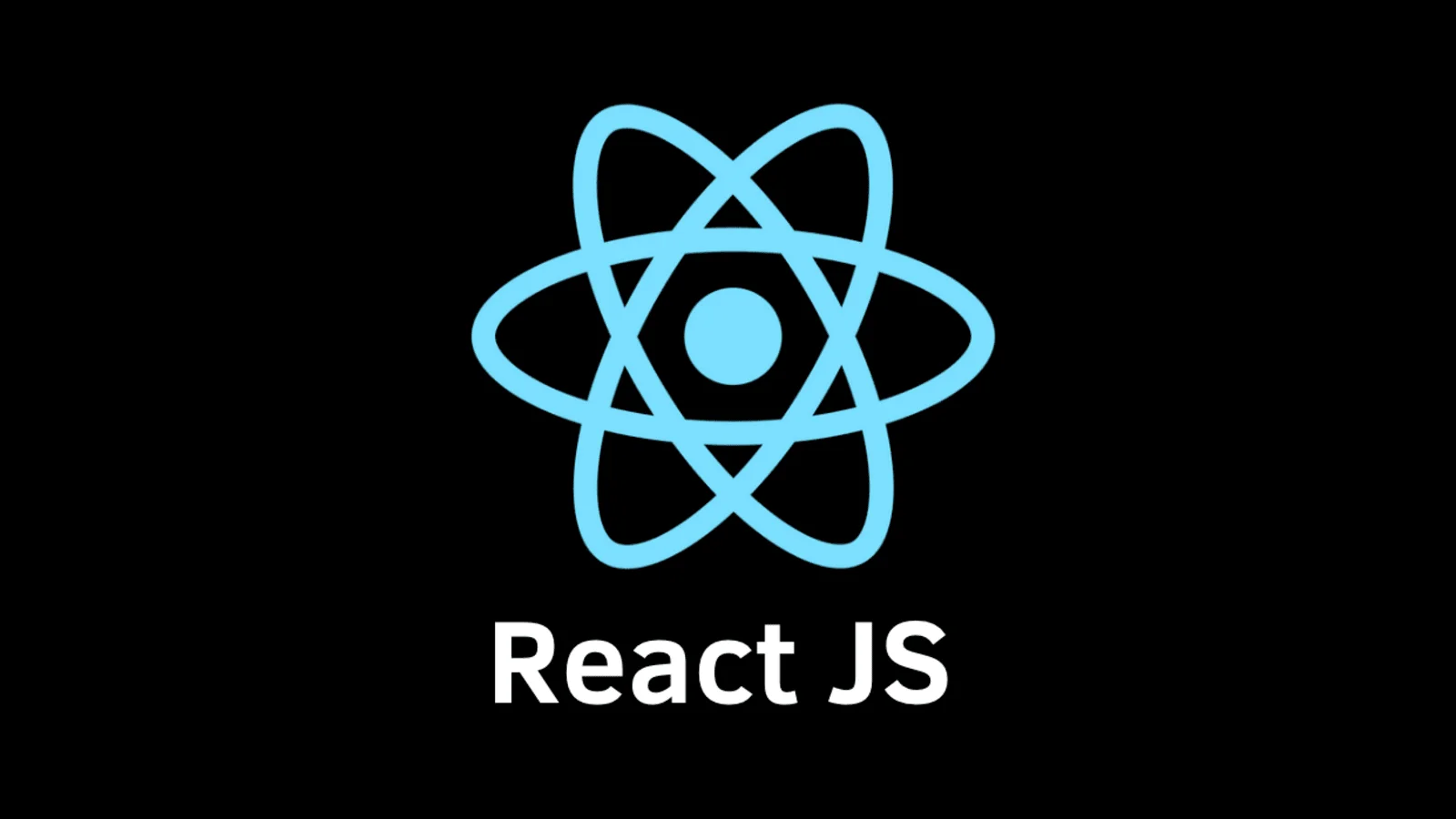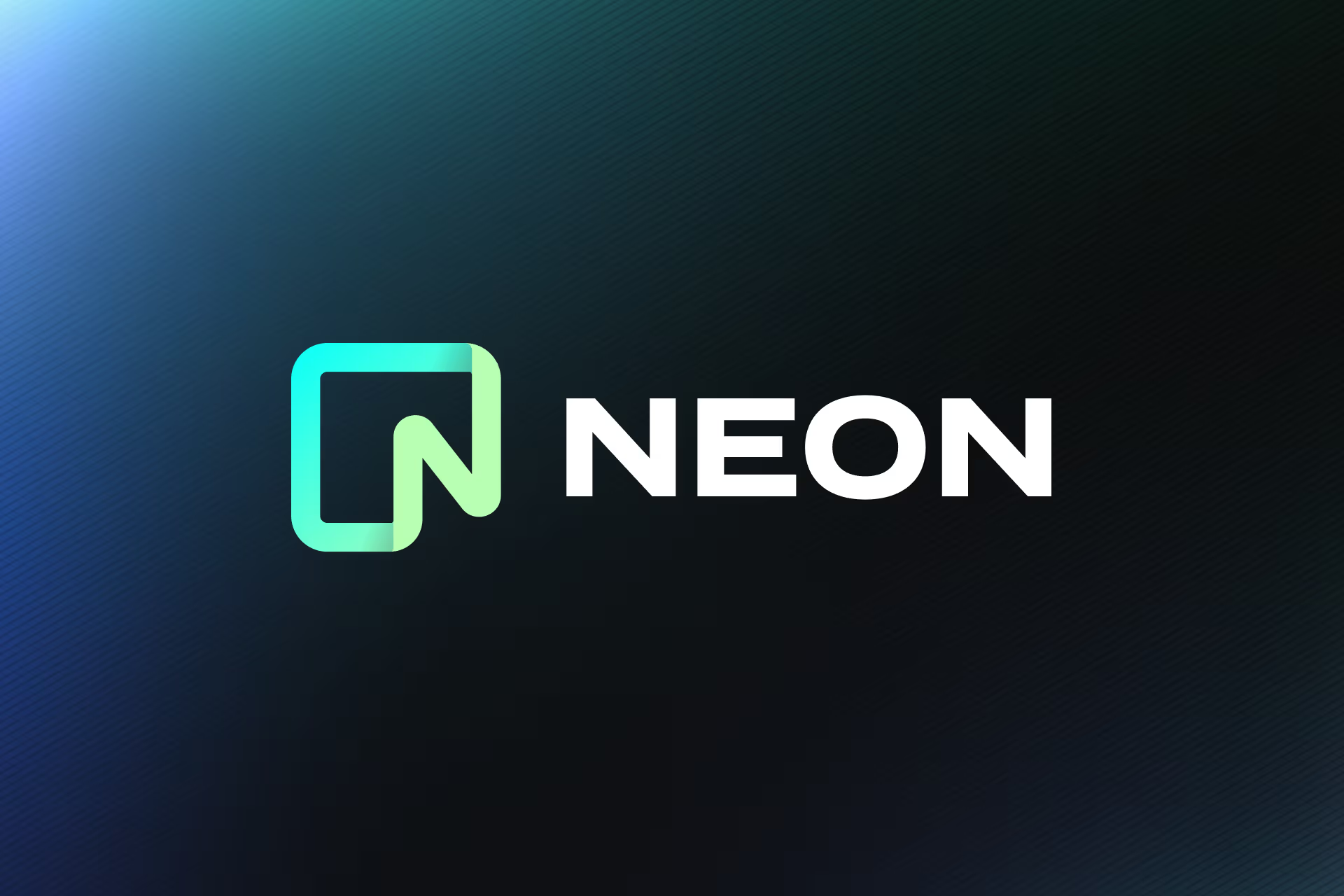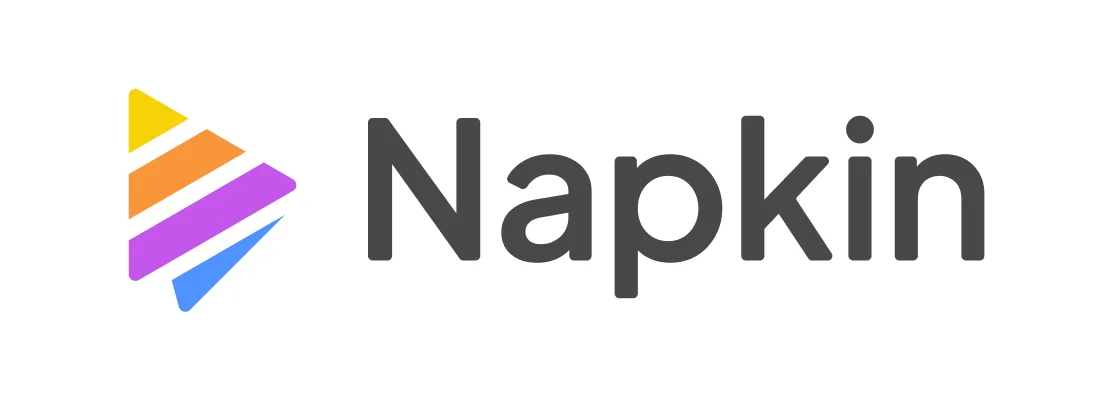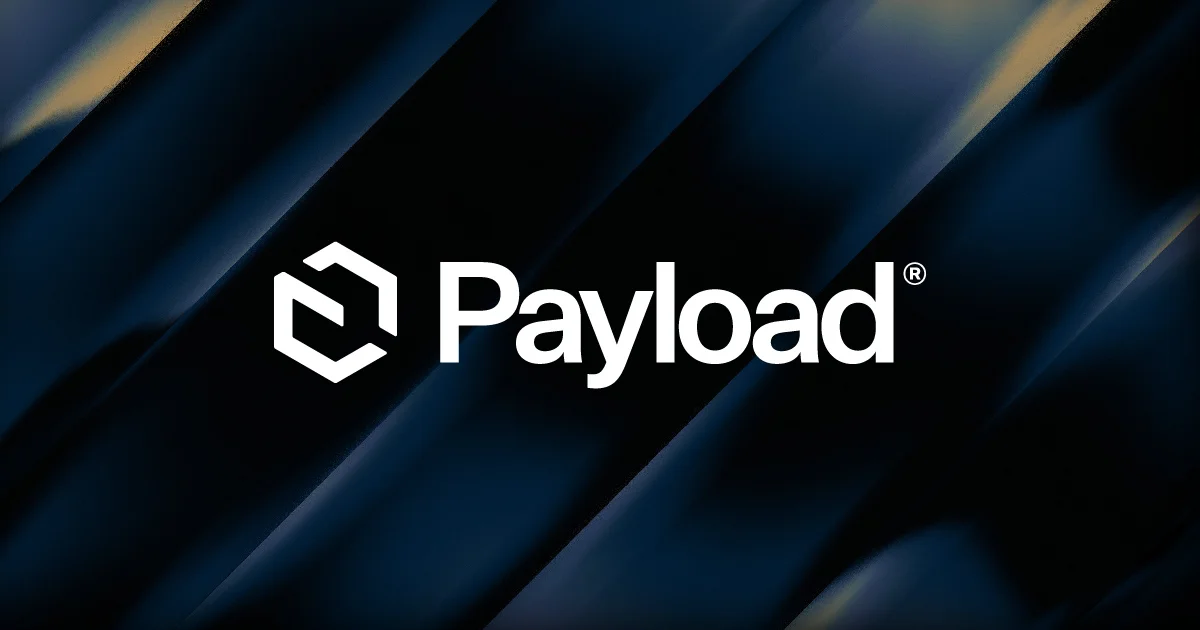1. What is React? Answer:React is an open-source JavaScript library developed by Meta (Facebook) for building user interfaces, especially single-page applications. It uses a component-based architecture and a virtual DOM to efficiently update the UI. 2. What are components in React? Answer:Components are independent, reusable building blocks of a React application. There are two types: 3. What is JSX? Answer:JSX stands for JavaScript XML. It’s a syntax extension for JavaScript that allows writing HTML in React code. jsxCopyEditconst element = <h1>Hello, world!</h1>; 4. What are props in React? Answer:Props (short for “properties”) are read-only data passed from a parent component to a child component. 5. What is state in React? Answer:State is a built-in object that stores property values that belong to the component. When state changes, the component re-renders. 6. What are Hooks? Answer:Hooks are functions that let you use React features in functional components. Popular hooks: 7. What is the virtual DOM? Answer:Virtual DOM is a lightweight JavaScript object that is a copy of the real DOM. React uses it to optimize rendering by updating only the parts that changed. 8. Explain the useEffect hook. Answer: jsCopyEdituseEffect(() => { // Code runs after the render return () => { // Cleanup code (optional) }; }, [dependencies]); 9. What is the difference between controlled and uncontrolled components? Answer: 10. What is the difference between state and props? Props State Passed from parent Managed within component Immutable Mutable Used for configuration Used for internal data 11. What is React Context API? Answer:Context provides a way to pass data through the component tree without manually passing props at every level. jsCopyEditconst ThemeContext = React.createContext(‘light’); Use useContext(ThemeContext) to consume it. 12. What is memoization in React? Answer:Memoization improves performance by caching the result of expensive calculations or components. 13. How does React handle rendering performance? Answer: 14. What is React Suspense? Answer:Suspense lets you “wait” for some code (like a lazy-loaded component or data fetching) before rendering. jsCopyEdit<Suspense fallback={<div>Loading…</div>}> <LazyComponent /> </Suspense> 15. What is Server-Side Rendering (SSR) in React? Answer:SSR means rendering the initial HTML of a React component on the server. Tools like Next.js are used for this. It improves performance and SEO. 16. What is Redux Toolkit? Answer:Redux Toolkit is the official, recommended way to write Redux logic, providing simplified configuration, createSlice, createAsyncThunk, and better DevTools support. 17. What is Next.js, and how does it differ from React? Answer:Next.js is a framework built on top of React with features like: 18. How to fetch data in React (2025 best practices)? Answer: 19. What are custom hooks? Answer:Custom hooks are reusable logic functions that start with use. Example: jsCopyEditfunction useCounter() { const [count, setCount] = useState(0); return { count, increment: () => setCount(count + 1) }; } 20. What are common React performance optimization techniques?
What Is Neon DB in Modern Cloud Databases
Overview of Cloud Databases in the Modern Era Cloud databases have emerged as the lifeblood of modern digital infrastructure. Businesses, developers, and data engineers increasingly rely on them to store, access, and manipulate data at scale with minimal overhead. Traditional monolithic databases have given way to distributed, elastic, and highly available solutions. In this paradigm, agility, scalability, and automation are not luxuries—they are non-negotiable expectations. Platforms like Amazon RDS, Google Cloud Spanner, and Azure Cosmos DB have paved the way for innovation. However, the surge of serverless computing, real-time data demands, and developer-centric workflows has called for more tailored solutions. Neon DB rises within this context, blending the familiarity of PostgreSQL with the flexibility of cloud-native design. Why Developers Are Seeking Smarter Database Solutions Developers are navigating a landscape where product iteration cycles are short, customer expectations are high, and infrastructure complexity must be abstracted. Legacy databases often act as bottlenecks, unable to keep pace with microservices, event-driven architectures, and hybrid cloud deployments. Smart databases are not just about storage—they must be self-managing, self-scaling, and deeply integrated into DevOps ecosystems. Developers seek solutions that reduce cognitive load, allow fast prototyping, and provide granular control over data versions without sacrificing performance. Neon DB was conceived to fulfill these nuanced requirements. Understanding the Basics: What Is Neon DB Neon DB is a fully managed, serverless PostgreSQL database that reimagines how relational data is stored, accessed, and versioned in the cloud. Built from the ground up for serverless environments, Neon preserves PostgreSQL’s powerful feature set while optimizing for the cloud’s distributed nature. It is more than just a PostgreSQL clone in the cloud—it is a paradigm shift that introduces new primitives for modern development, including branching, autoscaling, and immutable storage layers. Core Concept and Architecture of Neon DB At the heart of Neon DB lies a separation of compute and storage, achieved through an innovative architecture. The compute layer, responsible for query processing, is ephemeral and stateless, while the storage layer is durable, append-only, and optimized for cloud object storage systems like Amazon S3. This bifurcation enables horizontal scalability and cost efficiency. Neon uses a custom WAL (Write-Ahead Log) service that decouples durability from compute, allowing near-instant branching, point-in-time recovery, and fast failovers—all essential for mission-critical applications. How Neon DB Differs from Traditional PostgreSQL While Neon DB remains wire-compatible with PostgreSQL and supports its extensions and ecosystem, it introduces a cloud-native execution model. Traditional PostgreSQL instances are tightly coupled; scaling and high availability require orchestration layers or replication. In contrast, Neon offers on-demand compute and persistent storage that can scale independently. Developers can create branches of their databases—akin to Git branches—instantly, without duplicating data. This changes how applications are developed, tested, and deployed. The Rise of Serverless Databases Serverless databases mark a shift in the database-as-a-service (DBaaS) model. Rather than managing servers or instances, users interact with an API and are billed based on consumption, not uptime. Serverless removes operational burdens while promoting elastic scalability. This model aligns with contemporary software development practices, where infrastructure must scale with unpredictable workloads and ephemeral applications. How Serverless Infrastructure is Shaping Data Storage Serverless infrastructure favors event-based architectures, stateless services, and containerized deployments. Data storage solutions must adapt by offering instant provisioning, deep integration with CI/CD pipelines, and seamless multi-environment support. As applications become more fragmented and distributed, data must be consistently available, versioned, and reproducible across environments. Neon DB’s branching and snapshot capabilities are a direct response to these requirements. Where Neon DB Fits in the Serverless Movement Neon DB epitomizes the principles of serverless. It spins up compute environments in milliseconds and shuts them down automatically when idle. This efficiency reduces costs for development and staging environments while ensuring high availability in production. It empowers developers to treat databases like code—branch, merge, test, and deploy changes with precision. Neon’s stateless compute model allows for rapid scale-out during traffic spikes, aligning perfectly with the elasticity of modern cloud-native apps. Key Features That Define Neon DB Separation of Storage and Compute for Efficiency Decoupling storage from compute allows Neon to optimize each independently. Storage is durable and append-only, ideal for snapshots and backups, while compute is fast and stateless. This results in reduced cold-start times, efficient resource usage, and rapid scale-in/scale-out operations. Built-In Autoscaling and Instant Branching Neon DB can automatically adjust resources based on load. Its branching feature enables developers to spin up isolated copies of a database in seconds—perfect for testing, preview deployments, and analytics without affecting the primary database. Advanced Version Control and Data Recovery Time-travel queries, point-in-time recovery, and git-like branching make data workflows more robust. If a mistake is made, developers can revert to a previous state or compare changes between environments. This dramatically reduces debugging time and supports agile development cycles. Why Neon DB Matters in Today’s Cloud Ecosystem Performance Gains in Real-Time Applications Real-time applications demand low-latency data access and high concurrency. Neon’s cloud-optimized WAL architecture and distributed compute nodes ensure minimal lag and fast throughput, making it suitable for financial apps, analytics dashboards, and collaborative platforms. Cost Optimization for Startups and Enterprises Neon’s pay-as-you-go pricing and auto-suspend features make it budget-friendly. Startups benefit from low idle costs during prototyping phases, while enterprises enjoy operational efficiency at scale without provisioning resources manually. Neon DB vs Traditional PostgreSQL Major Differences in Architecture and Use Cases Traditional PostgreSQL relies on stateful, monolithic architecture, which can be inflexible and costly to scale. Neon’s serverless, stateless compute layer and shared storage model cater to dynamic, high-concurrency environments with minimal overhead. Migration Benefits and Challenges for PostgreSQL Users Since Neon is PostgreSQL-compatible, most applications require minimal changes. However, users must adapt to the nuances of serverless behavior—ephemeral connections, cold starts, and compute lifecycle management. While the learning curve is mild, it requires a shift in operational mindset. Use Cases: Who Should Use Neon DB and When Ideal Scenarios for Startups, SaaS Apps, and DevOps Startups can iterate faster with instant branching and rollback. SaaS companies benefit from multi-tenant support and cost-efficient scaling. DevOps
Introducing Napkin AI: The First Visual AI for Business Storytelling
Introduction Napkin AI is a cutting-edge tool designed to revolutionize business communication by transforming written text into high-quality, engaging visuals. The idea behind Napkin AI is to make visual storytelling accessible to everyone, helping individuals effectively convey complex concepts and ideas through dynamic visuals, such as diagrams, charts, and other graphic representations. The tool leverages AI technology to analyze the inputted text and generate corresponding visual content automatically. This allows users to communicate their ideas more clearly and efficiently without the need for specialized graphic design skills or the time-consuming process of manually creating visuals. Napkin AI addresses the common challenge of using visuals for communication, making it easier for individuals and businesses to utilize visual storytelling in a professional setting. The Power of Visuals in Communication Visual communication is far more than just aesthetically pleasing; it is a crucial tool for enhancing understanding. Research shows that people process visuals faster than text, making them an ideal medium for conveying ideas efficiently. Whether through charts, diagrams, or illustrations, visuals allow complex concepts to be broken down into digestible pieces, facilitating clarity and engagement in business conversations. The Challenge of Communicating Ideas Effectively Despite the power of visuals, many professionals struggle with effectively communicating their ideas. In the corporate world, documents and slide decks often dominate communication channels, yet they are cumbersome and prone to ambiguity. The challenge lies in the fact that while text can articulate ideas, it often lacks the immediacy and clarity that visuals provide. The Inspiration Behind Napkin AI The idea for Napkin AI stemmed from a shared frustration of the founders, Jerome and his co-founder, who previously ran Osmo, an AI gaming company. At Osmo, they successfully captured the attention of millions by making learning fun. However, as leaders, they often found themselves buried in research papers and long slides, wishing they had an easier way to communicate their ideas visually. This realization sparked the vision for Napkin AI – to make visual communication accessible and intuitive for everyone, regardless of their design skills. Drowning in Ineffective Communication Many professionals find themselves overwhelmed by the sheer volume of text-heavy content they are expected to create and digest. Long emails, extensive reports, and sprawling slide decks are often ineffective in conveying the essence of ideas. The lack of visual elements in these communications leads to disengagement and misunderstanding, which can ultimately impact decision-making and productivity. The Evolution of Communication Habits Traditional communication habits have ingrained a reliance on text. From academic papers to business memos, text-based formats dominate our professional lives. Yet, despite the proven benefits of visual storytelling, these methods are often overlooked. As digital tools evolve, there is growing recognition that integrating visuals into business communication is not just beneficial but essential. Journey to the Public Beta: The First Version of Napkin AI Napkin AI’s journey began with a simple goal: to make visual communication easy. The first version of Napkin AI featured an AI-powered sketching tool designed to allow users to create simple diagrams with a mouse. However, feedback revealed that sketching, even with AI assistance, was cumbersome and didn’t meet user expectations. It was clear that a more intuitive approach was needed. Iterating with Visual Frameworks In response to user feedback, Napkin AI introduced a library of pre-designed visual frameworks, such as Venn diagrams and pie charts, to help users represent their ideas visually. While this provided a starting point, many users still struggled with choosing the right visual or understanding how to use it effectively. This highlighted the need for a more dynamic solution that would bridge the gap between text and visuals. Harnessing the Power of Large Language Models (LLMs) The breakthrough for Napkin AI came with the integration of Large Language Models (LLMs), which allowed the tool to automatically convert written content into relevant visuals. By understanding the context of the text, Napkin AI could generate accurate and meaningful visuals that aligned with the user’s message. This marked a significant step forward in making visual communication accessible and automatic for everyone. Napkin AI Today: What Sets It Apart Napkin AI’s ability to convert text into visuals automatically sets it apart from traditional design tools. Whether you’re drafting a report or preparing a presentation, Napkin AI allows you to instantly generate professional-quality visuals tailored to your content. The seamless integration of AI with visual communication empowers professionals to convey their ideas more effectively than ever before. Real-World Applications of Napkin AI in Business Napkin AI has already begun to make waves in business environments. Professionals are using it to create presentations, reports, and pitches that are not only clearer but also more engaging. For instance, marketing teams use Napkin AI to develop visual strategies, while executives use it for quick, impactful presentations to stakeholders. The Impact of Napkin AI on Business Storytelling Storytelling is at the heart of every successful business venture. Napkin AI enhances business storytelling by enabling professionals to represent their ideas visually, thus creating a clearer and more memorable narrative. Whether explaining a business model, outlining a project, or presenting data, Napkin AI ensures that your message is both compelling and easily understood. Feedback from Early Users: What Works and What’s Next Early users of Napkin AI have praised its simplicity and effectiveness. Testimonials highlight how the tool has saved time and improved the quality of their communications. Despite its success, there are ongoing improvements in the pipeline, including more templates, advanced customization options, and enhanced AI-driven features. Looking Ahead: The Future of Visual AI in Business As AI continues to advance, the potential for Napkin AI to evolve is vast. Future versions may incorporate more advanced AI capabilities, such as predictive design suggestions and real-time collaboration. These innovations will further solidify Napkin AI’s place as an essential tool in the modern workplace. The Role of Investors in Supporting Napkin AI’s Growth Napkin AI’s growth has been significantly supported by investors like Accel and CRV. Their backing has enabled the team to continue refining the tool and
The Future of Content Management: Payload CMS
Introduction Defining Content Management Systems (CMS)Content Management Systems (CMS) have become the backbone of digital content creation, management, and distribution. These systems allow businesses, organizations, and individuals to manage content in a streamlined and structured manner without the need for extensive coding knowledge. From text and images to video and multimedia, CMS platforms have evolved to provide efficient solutions to an ever-growing digital ecosystem. The Role of CMS in Modern Digital EcosystemsIn today’s digital-first world, content is king. The role of a CMS is pivotal in ensuring that businesses maintain an organized, responsive, and scalable content management structure. This is where Payload CMS steps in, offering an innovative approach to traditional content management that is optimized for modern web applications. Understanding Payload CMS Overview of Payload CMSPayload CMS is a headless Content Management System (CMS) designed with flexibility and scalability in mind. Unlike traditional CMS platforms, Payload is not coupled with a frontend, allowing developers to use any technology stack they choose. This decoupling of the backend and frontend enables more dynamic, customized, and scalable content management solutions. Key Features and Functionalities of Payload CMSPayload CMS offers a suite of powerful features, including robust content modeling, easy API integrations, and custom admin panel interfaces. It is designed to handle complex data relationships, enabling seamless management of structured and unstructured content. The admin interface is user-friendly, yet highly customizable to cater to a variety of business needs. Why Payload CMS Stands Out Headless Architecture: A Game ChangerPayload CMS operates on a headless architecture, meaning it serves as a content repository that can be accessed through APIs rather than relying on a frontend interface. This separation of the backend and frontend offers greater flexibility, allowing developers to create content-driven applications that can be displayed across various platforms and devices. This adaptability is what makes Payload CMS an appealing choice for modern web development. API-First Design PhilosophyThe API-first approach of Payload CMS ensures that developers have access to a set of powerful tools for content manipulation, integration, and customization. APIs are at the core of Payload’s architecture, enabling smoother communication between different platforms, systems, and third-party services. The result is an efficient content delivery system capable of supporting dynamic applications. The Evolution of CMS From Traditional CMS to Headless CMSTraditional CMS platforms, such as WordPress or Joomla, come bundled with a frontend interface that ties content management directly to presentation. This “coupled” approach has limitations when it comes to flexibility and scalability. As businesses started demanding multi-channel content delivery (from websites to mobile apps to IoT devices), the need for headless CMS solutions became apparent. Headless CMS platforms, like Payload CMS, have revolutionized the way content is managed, providing more freedom to developers while catering to diverse end-user experiences. The Rise of Decoupled Systems and Their BenefitsDecoupled CMS systems, such as Payload, allow for the separation of the content layer from the presentation layer. This decoupling offers several advantages, including easier content distribution, greater security, and the ability to leverage modern frontend frameworks like React and Vue.js. These benefits have led to a surge in the adoption of headless CMS platforms across a wide range of industries. Core Components of Payload CMS Content Types and CustomizationPayload CMS allows developers to define custom content types based on the specific needs of their application. These content types can include complex data structures, relationships, and dynamic fields, offering unparalleled customization options. Whether managing blog posts, product listings, or user-generated content, Payload ensures that each piece of content is organized efficiently. Admin Panel and User ExperiencePayload CMS provides a highly customizable admin panel designed with a focus on user experience. This intuitive interface allows users to manage content with ease, offering rich text editors, file upload capabilities, and a flexible content structure. The customizability of the admin panel ensures that businesses can tailor the CMS interface to their unique requirements. Advantages of Payload CMS Flexibility and ScalabilityOne of the main advantages of Payload CMS is its inherent flexibility. Developers can create custom workflows, define complex content relationships, and integrate with virtually any external system. Additionally, Payload CMS is designed for scalability, ensuring that it can handle increasing amounts of data and traffic as businesses grow. Seamless Integration CapabilitiesIntegration is a key feature of Payload CMS. It provides easy ways to connect with third-party services, such as payment gateways, marketing tools, or external databases. The system’s API-first design makes these integrations seamless, ensuring that businesses can maintain a streamlined content workflow across multiple platforms. Payload CMS and Development Efficiency Streamlining Development with Payload CMSDevelopers appreciate Payload CMS for its ability to streamline development processes. The headless nature of the system allows for faster prototyping and iteration, reducing development time. Additionally, the system’s flexible architecture enables the use of modern technologies, allowing developers to work with the tools they are most comfortable with. Enhancing Developer Experience through Payload CMSThe flexibility of Payload CMS is matched by its developer-friendly features. The system’s comprehensive documentation, easy-to-use API, and open-source nature ensure that developers can quickly get up to speed and build customized solutions. The clean and well-structured codebase of Payload CMS also contributes to a positive development experience. Payload CMS in the Context of Digital Transformation Adapting to the Ever-Evolving Digital LandscapeAs digital transformation continues to shape industries, businesses must adapt to rapidly changing technologies. Payload CMS plays a pivotal role in this transformation by offering a solution that aligns with modern development practices. Its headless architecture makes it easier for businesses to scale and innovate in a fast-paced digital environment. Role of Payload CMS in Modernizing Legacy SystemsLegacy systems, often built on traditional CMS platforms, can be difficult to update or scale. Payload CMS allows businesses to modernize these systems without the need for a complete overhaul. By decoupling the content management process from the frontend, companies can integrate Payload CMS into their existing infrastructure, improving both performance and flexibility. Payload CMS vs. Traditional CMS How Payload CMS Overcomes the Limitations of Traditional ModelsTraditional CMS platforms are often rigid




